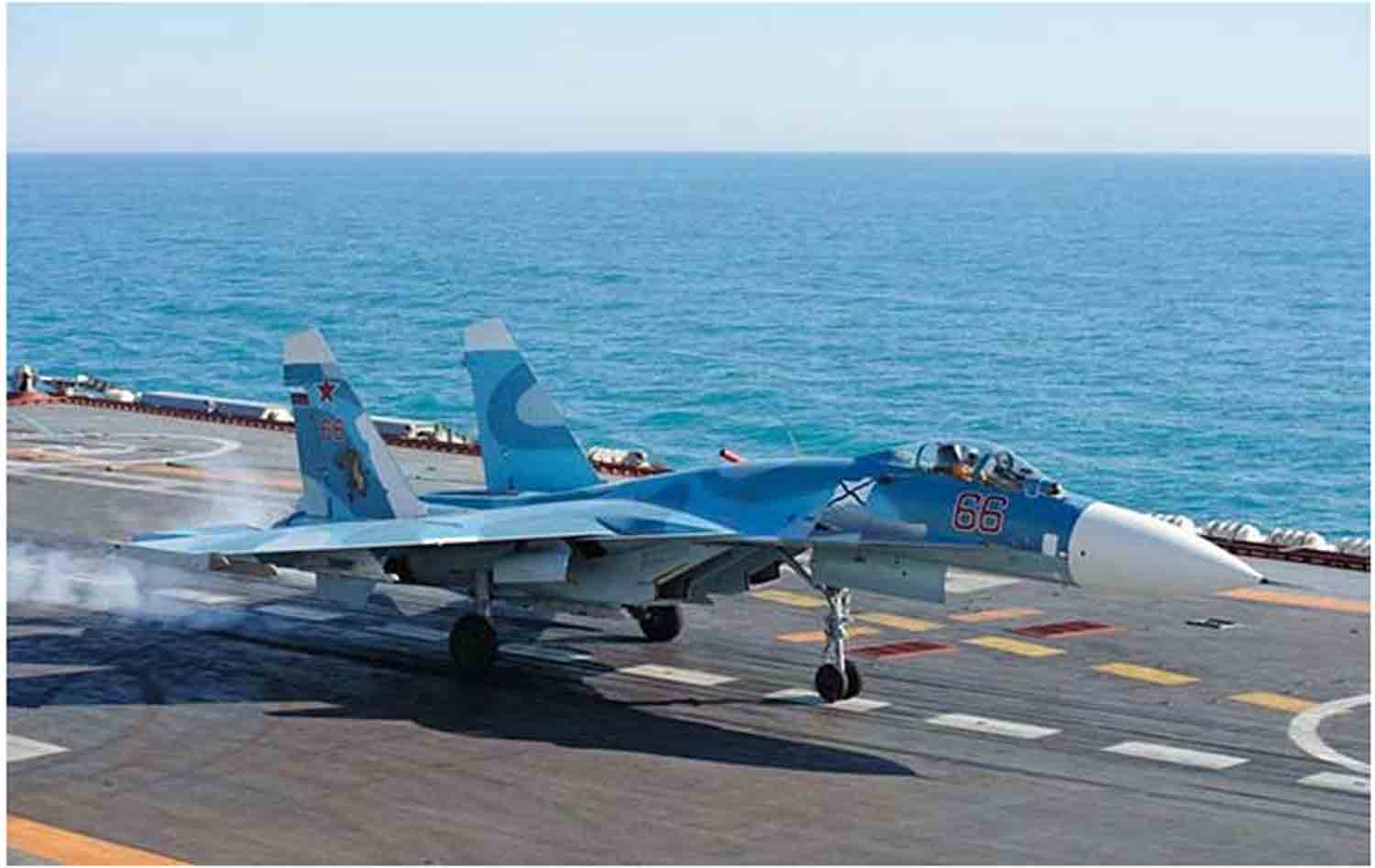The skies above Poland recently served as a demonstration of international military cooperation, as the French Air Force’s Airbus A330 MRTT was observed refueling Polish F-16 jets mid-flight. This significant event was documented and disseminated by the tactical air base in Poznan-Krzesiny.
This operation not only illustrated the seamless collaboration among allied forces but also emphasized Poland’s strategic dependence on NATO partners for critical capabilities such as air-to-air refueling.
From Poland’s viewpoint, this occurrence highlights a vital element of its national defense strategy. At present, Poland lacks its own air refueling assets, which raises strategic concerns.
Support from France, along with contributions from the United States and other NATO allies through the multinational A330 MRTT fleet, is crucial for Poland’s military operations and training. This reliance is perceived as both a strength, reflecting strong alliances, and a vulnerability, indicating the necessity for greater self-sufficiency in essential military functions.
The announcement by Airbus in 2022 that the A330 MRTT was the first aircraft certified for automatic in-flight refueling during daylight hours has garnered significant attention from Polish military strategists. This advanced technology could be integrated into future Polish defense frameworks, potentially decreasing reliance on allies for such operations.
Deputy Defense Minister Paweł Bejda has recently emphasized the ongoing discussions regarding the enhancement of Poland’s aerial refueling capabilities. The Polish government is actively exploring investments and partnerships that would enable the country to independently carry out these operations, thereby bolstering its military readiness and operational adaptability within NATO.
This initiative is part of a larger Polish effort to enhance its defense capabilities in response to evolving regional security challenges.
NATO’s air refueling capabilities play a crucial role in ensuring the alliance’s strategic mobility, allowing member nations to increase the operational range and endurance of their aircraft. This was clearly demonstrated when the French Air Force’s Airbus A330 MRTT provided refueling support to Polish F-16 jets in Polish airspace, highlighting the collective air power of the alliance.
In alignment with NATO’s strategy, a multinational fleet of A330 MRTT aircraft, overseen by the NATO Support and Procurement Agency (NSPA), delivers air-to-air refueling services to various member states. This collaborative resource not only reduces expenses but also improves interoperability among NATO forces.
The MRTT’s dual functionality as both a tanker and transport aircraft has proven essential in situations that require prolonged air presence, such as surveillance operations or rapid troop deployment.
The introduction of technologies like the Automatic Air-to-Air Refueling (A3R) system, which was first certified on the A330 MRTT, marks a significant advancement in operational efficiency. This system reduces the likelihood of human error and accelerates operational processes, which is critical in fast-paced military environments.
From the Polish viewpoint, the absence of autonomous air refueling capabilities highlights a reliance on allied nations. Deputy Defense Minister Paweł Bejda recently addressed this issue, noting, “We are exploring air refueling options as it is essential for our capacity to operate independently within NATO.”
This reliance on NATO allies presents a dual challenge—while it promotes collaboration, it also emphasizes the necessity for enhanced refueling capabilities. Defense Minister Mariusz Błaszczak has reiterated the strategic significance of this issue, stating, “We aim to enhance our self-sufficiency in refueling to ensure our air forces are more adaptable and ready for swift action.”
NATO’s initiatives to strengthen these capabilities involve increasing participation in the multinational fleet, investing in advanced technologies, and promoting the development of national capabilities where feasible. These efforts are vital as NATO evolves to meet the challenges of contemporary warfare, where the agility, reach, and endurance of air forces are critical.
Discover more from Defence Talks | Defense News Hub, Military Updates, Security Insights
Subscribe to get the latest posts sent to your email.





